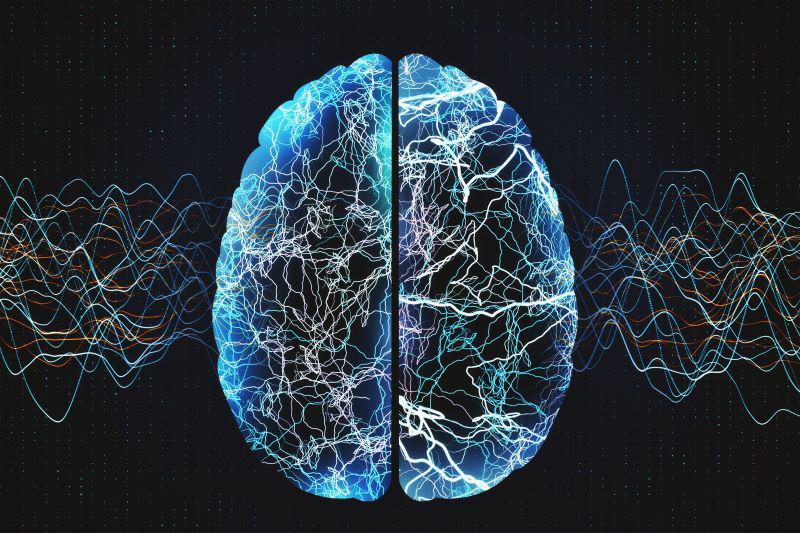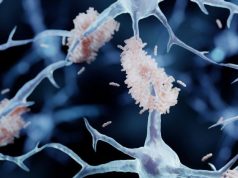Risk factors and biological correlates of WMH differ for former football players and asymptomatic unexposed men
By Elana Gotkine HealthDay Reporter
THURSDAY, Dec. 21, 2023 (HealthDay News) — Vascular risk factors and biological correlates of white matter hyperintensities (WMHs) differ for former American football players and asymptomatic, unexposed men, according to a study published online Dec. 20 in Neurology.
Monica T. Ly, Ph.D., from the VA San Diego Healthcare System, and colleagues examined biological correlates of WMH in former American football players, including markers of amyloid, tau, inflammation, axonal injury, neurodegeneration, and vascular health. Participants underwent clinical interviews, magnetic resonance imaging, and lumbar puncture.
The researchers found that higher log(total fluid-attenuated inversion recovery lesion volumes [TLV]) had direct associations with a higher revised Framingham stroke risk profile (rFSRP) score, higher p-tau181, lower fractional anisotropy (FA), and reduced cortical thickness in 180 former football players (B = 0.26, 0.17, â0.28, and â0.25, respectively). No direct effects were seen on log(TLV) in 60 asymptomatic unexposed men. Stronger associations between log(TLV) and rFSRP, p-tau181, and FA were seen for former football players versus unexposed men (difference in estimates, 1,069, 158, and 287 percent, respectively).
“The current findings suggest that WMH may have specific risk factor and biologic correlates in former football players,” the authors write.
Several authors disclosed ties to the biopharmaceutical industry.
Abstract/Full Text (subscription or payment may be required)
Copyright © 2023 HealthDay. All rights reserved.








